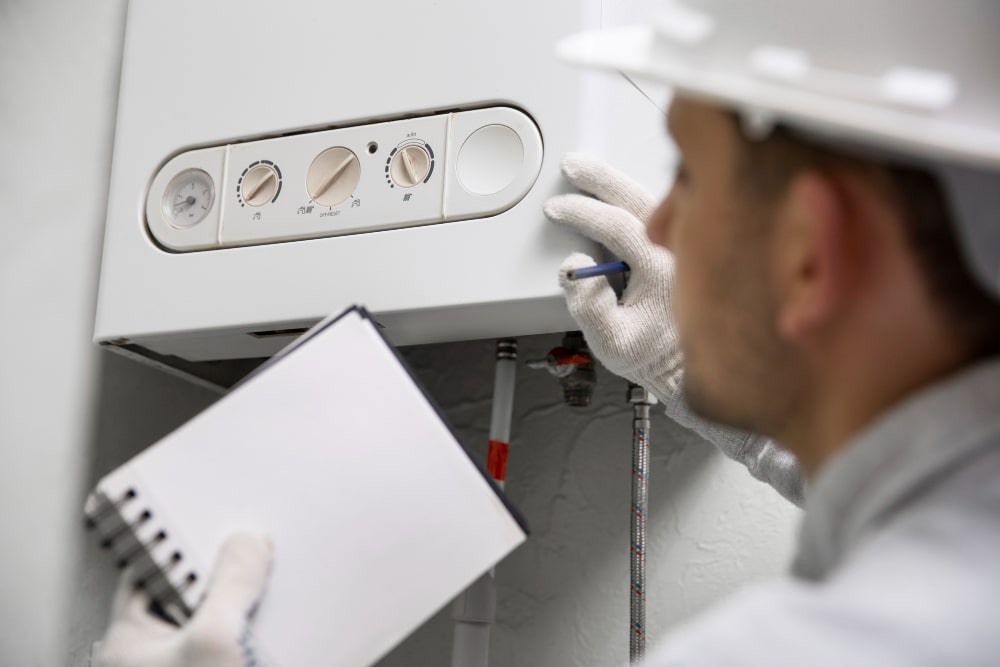As a homeowner, it’s essential to have a basic understanding of your electric water heater and its maintenance requirements. One crucial maintenance task for every electric water heater is draining the tank periodically. Draining your electric water heater not only helps remove sediment buildup but also ensures optimal performance and prolongs its lifespan. In this comprehensive guide, we will walk you through the step-by-step process of draining an electric water heater, providing you with the knowledge you need to complete this task successfully. If you are not comfortable or confident draining your own water heater, you can always go for professional water heater repair service.
Process Of Draining An Electric Water Heater
Step 1: Safety First
Before starting any maintenance task, it’s important to prioritize safety. Follow these precautions to ensure your well-being throughout the process:
Turn off the power: Locate the circuit breaker panel or fuse box and switch off the power supply to the electric water heater. It’s crucial to cut off the electricity to avoid any potential risks of electric shock.
Let it cool down: Allow the water heater to cool for several hours before draining. Hot water can cause burns, so it’s essential to exercise caution and patience.
Step 2: Gather the Necessary Tools
To drain your electric water heater, you’ll need a few tools and materials. Make sure you have the following items on hand:
Garden hose: Obtain a garden hose long enough to reach from the water heater to a suitable drain location. A hose with a diameter of ¾ inches is typically recommended.
Screwdriver: You’ll need a flathead screwdriver to open and close the drain valve on the water heater.
Buckets or containers: Keep a few buckets or containers nearby to collect the water and sediment that will be drained from the tank.
Step 3: Locate the Drain Valve
The drain valve is a crucial component of your electric water heater. It allows you to empty the tank efficiently. Follow these steps to locate the drain valve:
Inspect the water heater: Locate the bottom of your electric water heater. The drain valve is typically positioned near the bottom of the tank. It is usually a brass or plastic valve with a threaded opening.
Clear the area: Remove any obstructions around the drain valve to ensure easy access during the draining process.
Step 4: Connect the Garden Hose
Once you’ve located the drain valve, it’s time to connect the garden hose:
Attach one end of the garden hose: Connect one end of the garden hose to the drain valve tightly. Make sure it is secure to prevent any leaks during the process.
Position the other end: Place the other end of the garden hose in a suitable drainage location. Ensure that the water can flow freely without causing any damage.
Step 5: Drain the Water Heater
Now that everything is set up, it’s time to begin draining your electric water heater:
Open the pressure relief valve: Locate the pressure relief valve, usually positioned on the top or side of the water heater, and lift the lever. This step helps break the vacuum seal and allows for a smoother flow of water.
Open the drain valve: Using a flathead screwdriver, turn the drain valve counterclockwise to open it. As the valve opens, hot water and sediment will start flowing through the garden hose.
Let it drain: Allow the water to flow until it runs clear, indicating that most of the sediment has been removed from the tank. Be patient, as this process may take a while.
Step 6: Refill and Flush the Tank
Once the tank has been drained, it’s crucial to flush out any remaining sediment:
Close the drain valve: Once the water runs clear, turn the drain valve clockwise to close it securely.
Disconnect the garden hose: Remove the garden hose from the drain valve and set it aside for cleaning.
Refill the tank: Close the pressure relief valve and turn on the cold water supply to refill the water heater. Keep a nearby faucet open to allow trapped air to escape while the tank fills.
Run hot water faucets: Once the tank is full, turn on the hot water faucets in your home to remove any air pockets from the system.
About Roto-Rooter Mobile
At Roto-Rooter Mobile, we understand the importance of prompt and reliable service. Our technicians are available 24/7 to handle any plumbing emergencies in Alabama that may arise, ensuring that your plumbing issues are resolved quickly to minimize disruptions.
When you choose Roto-Rooter Mobile, you can expect professional service, transparent pricing, and a commitment to excellence. Contact us today to schedule an appointment or to learn more about our comprehensive plumbing services.
Avoiding Water Heater Problems with Regular Draining
Regularly draining your electric water heater is an essential maintenance task that ensures its optimal performance and extends its lifespan. By following the step-by-step guide provided above, you can successfully drain your electric water heater, remove sediment buildup, and maintain its efficiency. Remember to prioritize safety by turning off the power supply and allowing the water heater to cool down before starting the process. With proper maintenance, your electric water heater will continue to provide you with reliable hot water for years to come.



